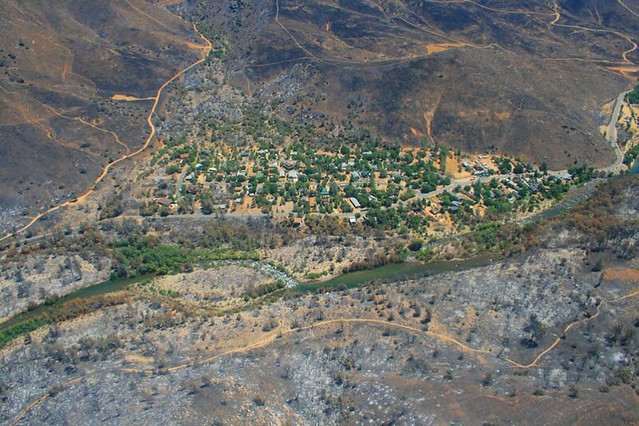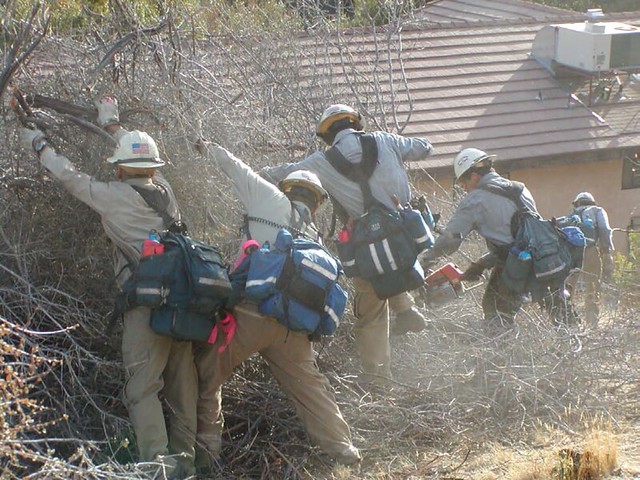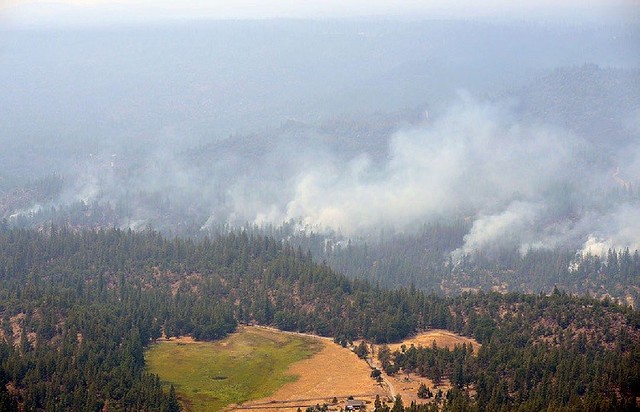
Fire season now spans the entire year. Before summer even begins, forests are primed in large parts of the country for large fires that spread rapidly in trees that are dehydrated from drought, compromised from fighting off bugs, and often competing for space in overly dense forests.
National forest fire and fuels programs were designed to reduce and remove excess vegetation. Each year, the USDA Forest Service uses prescribed fire and mechanical treatments to limit the potential for extreme fire activity on national forests. Years of research confirms that these treatments result in better fire suppression outcomes and help firefighters in their response efforts.
Fuels Treatment Effectiveness Monitoring (FTEM) is a collaborative effort that the Forest Service uses with other federal partners to track whether these treatments are truly having the desired effect. Firefighters and other specialists evaluate the changes in fire behavior in treated and untreated areas. Since 2006, more than 4,000 interactions between wildfires and treated areas have been monitored, recorded, and stored in a large database. FTEM statistics indicate that fuels treatments are effective in reducing the fire behavior about 80 percent of the time. Forest Service land managers use this information to continually improve how and where future fuel treatments should be employed.
This week, Secretary Perdue signed a Memorandum of Understanding with the Western Governors’ Association (WGA) to better manage the increasing suite of challenges facing western landscapes.
The agreement is an outgrowth of two ongoing activities: Secretary Perdue’s Shared Stewardship initiative and the Western Governors’ National Forest and Rangeland Management Initiative.
Since fire doesn’t stop at national forest boundaries, USDA’s Shared Stewardship Strategy encourages federal, state and private landowners to co-manage risk at larger scales by designing fuels treatment actions across both public and private lands. Such approaches are essential where values of life and property are threatened in the Wildland Urban Interface (WUI), where homes and businesses bump up against or intermingle with state and federal wildlands.

The Shared Stewardship Strategy builds upon earlier collaborative efforts, such as the Joint Chief’s cross-boundary partnership with the Oregon Department of Forestry, the City of Ashland, Oregon, the Natural Resources Conservation Service, and the Forest Service, in which fire crews used chain saws to thin the forests around Ashland. In 2009 and again this year, Ashland was challenged by wildfire. Thankfully, their fuel treatment efforts have been effective and continue to protect municipal watersheds, major population centers, and the region’s economic infrastructure. The Ashland Forest Resiliency project report describes the success of the strategically placed fuels treatments (PDF, 1.6 MB).
In addition, the project infused over $25 million in contracting revenue, led to increased community preparedness before wildfire events, and created lasting partnerships between the responding agencies.
Learning from these landscape-scale treatments is an ongoing process. Fire managers will be the first to say that the more participation, preparedness, and partnership between involved parties, the better we can protect communities, keep firefighters safe, and defend our forests.

